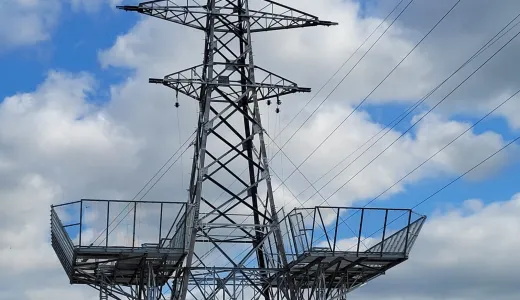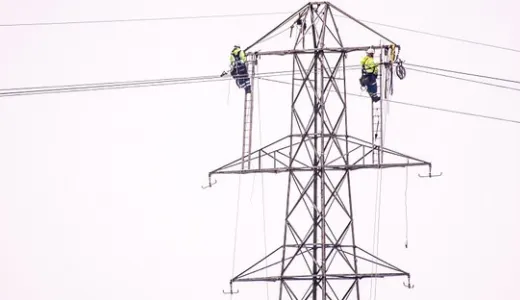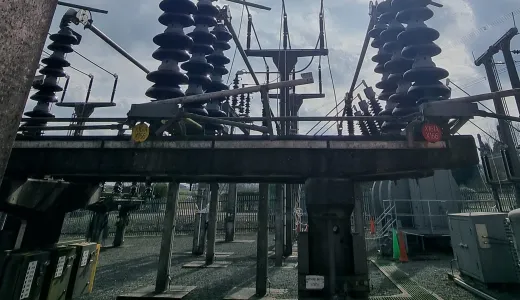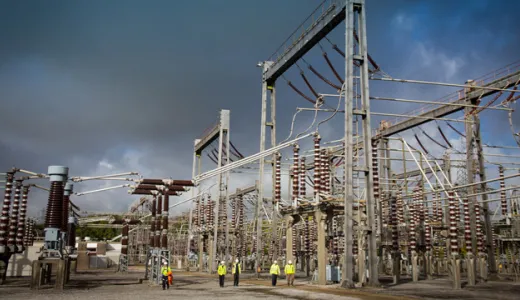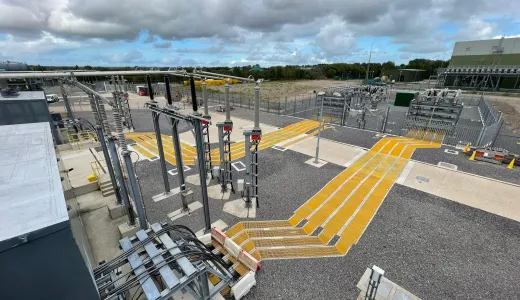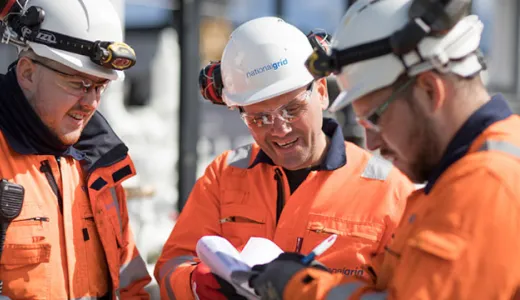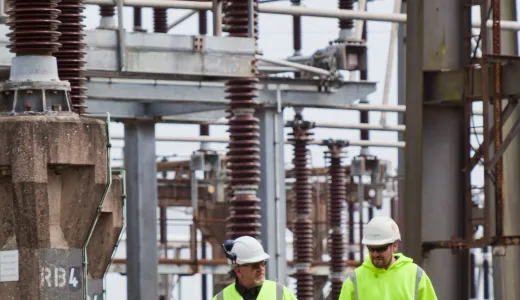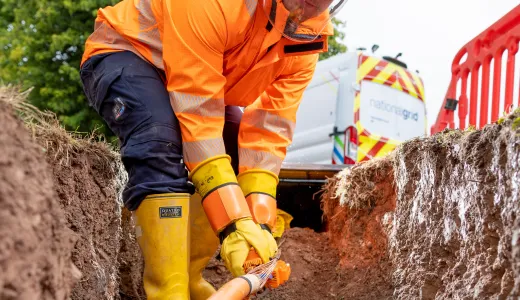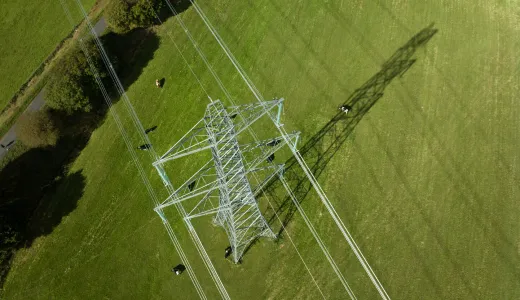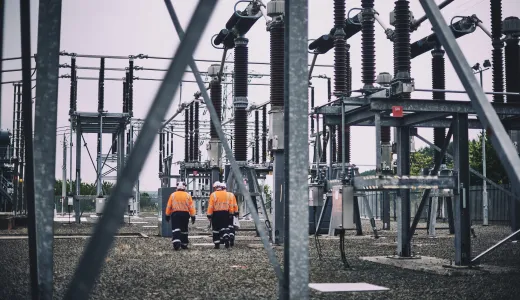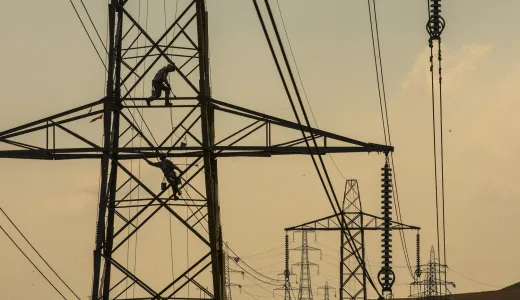Preparing the electricity network for the transition to net zero and maintaining an efficient and secure power supply in England and Wales.
Discover some of the work our teams deliver and find out more about how we work in the articles below.
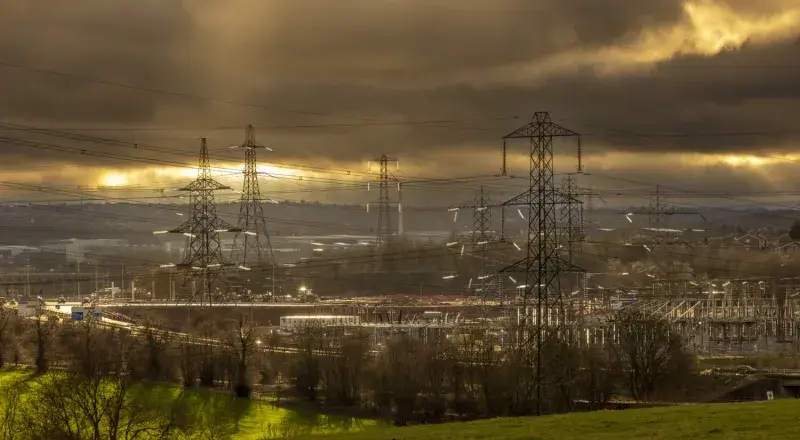
How we locate new substations
As the volume of connections increases, new substations must be triggered to accommodate additional capacity across our network. But how do we determine their location?
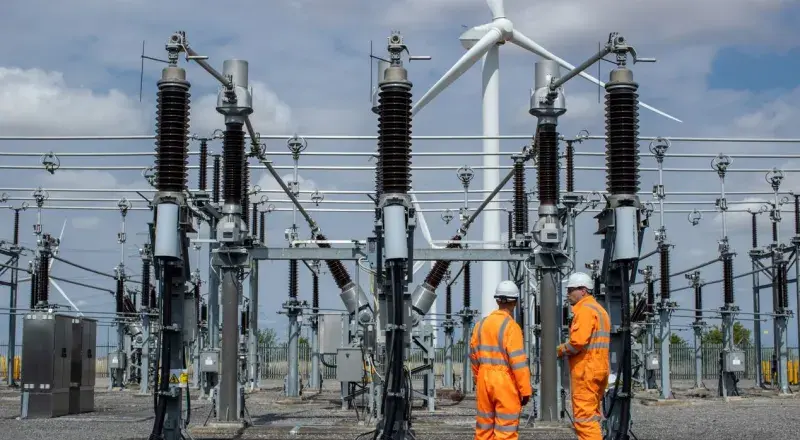
How does the connections process work?
The process of connecting to the high voltage transmission system in England and Wales involves a variety of people and resources. But what can you expect for your project?
